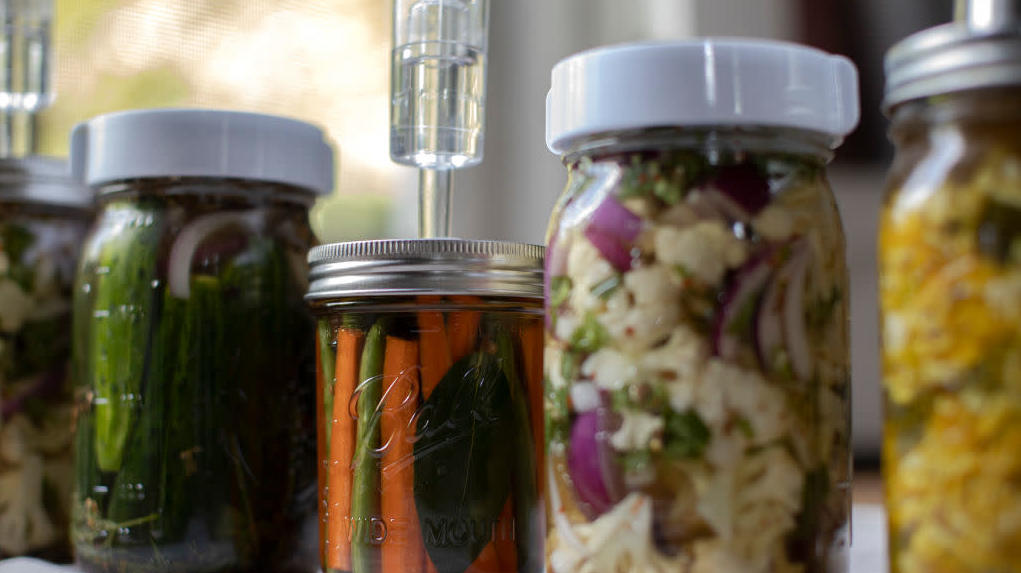Check Out This Glorious Chart Of Fermented Food Across The Globe
Fermented food has had a long, long history, going back thousands of years. Humans first started out fermenting with dairy as far back as 10,000 BCE. That is a lot of fermentation, aka controlled decay. Fermentation not only creates more complex flavor in foods, it lengthens shelf life, creates different nutritional profiles, and makes some food easier to digest.
Nowadays, fermented foods are a part of most people's daily lives, in dishes like yogurt, kimchi, and sauerkraut, but this Popular Science infographic details fermented food from all around the world, and it's fascinating. Don't forget about natto, the sticky fermented soybeans eaten with rice, mucilaginous and stringy, or the teff-based fermented flatbread, injera, eaten by hand with Ethiopian dishes.
The things that really pique my interest are, of course, the foods that are new to me, like the Inuit igunaq, which is fermented walrus or whale meat made from meat caught in the summer that is buried. It ages through the autumn and is frozen by winter, ready for consumption the following year. Or mageu (sometimes spelled mahewu), a corn-based beverage common in southern Africa. It's fermented (but non-alcoholic) and used as a source of energy for field workers who need the fuel to get through a long day.
And, wow, humans sure did take dairy to a whole new level, didn't we? Even setting aside the category of cheese altogether, dairy is fermented in different forms all over the world, such as mursik (Kenya), kumis (Central Asia), ayran (Central Asia, Middle East), and matzoon (Armenia), and that's not nearly all of them. Even if you're a food nerd like me who can't get enough of this type of infographic, there's bound to be something on this chart that's new to you, so take a look and get to Googling all this cool stuff you've never seen before, and maybe have some of your favorite stinky fermented foods with dinner tonight.
